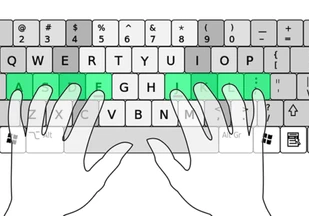Latest Posts
How To Create Ghibli-Style Images for Free?
 By Shubham Roy April 1, 2025
By Shubham Roy April 1, 2025
The internet users can’t keep calm with the current trend of Ghibli-style images! Everyone is converting their everyday pics into anime-style pieces and sharing them on...
How to Integrate ATS with Background Checker Tool?











With more and more individuals on the hunt for work, for businesses to find the right candidates to fill their open roles has become quite a...
Artificial Intelligence (AI) & The Future of Copywriting











Businesses rely on copywriting to connect with consumers and drive engagement for their brand. Copywriting creates persuasive content that encourages people to buy or engage. Statistics...
What is AI as a Service (AIaaS)?











Artificial Intelligence (AI) is everywhere nowadays, and it has taken the world by storm. Not only is it making machines smarter and more efficient, but it...
Why Chiropractic Practice Needs Software for Clinic Management?











Chiropractors, as healthcare professionals, wear multiple hats. From managing administrative tasks to providing the best possible care to their patients, they have a lot to look...
How to Use DeepSeek in 2025?











It's 2025, and AI (Artificial Intelligence) is no longer a futuristic concept, but it is now an essential part of our everyday life. Nowadays, AI is...
How Accounting Software for Builders Tracks Building Material & Labour Costs?











Profitability lies at the heart of any and every commercial venture. Without it, it is impossible for businesses to sustain themselves and continue operating in the...
Guide to Booking Confirmation Vouchers for DMCs & Tours











Booking confirmation vouchers are the unsung heroes of travel planning. Like Wi-Fi, they’re invisible when working — but the moment there’s a glitch, everything falls apart....
Top 8 Homeopathy Repertory Software in 2025











Homeopathy has consistently proven to be an effective alternative, especially when conventional treatments fall short. With a strong belief in the body's self-healing capabilities, homeopathy has...
Enterprise Architecture in Cloud Computing: The Ultimate to Strategic Alignment and Digital Success











In the age of digital disruption, 89% of enterprises rely on multi-cloud strategies to stay competitive (Flexera, 2023). Yet, without a cohesive blueprint, cloud adoption risks...
















































